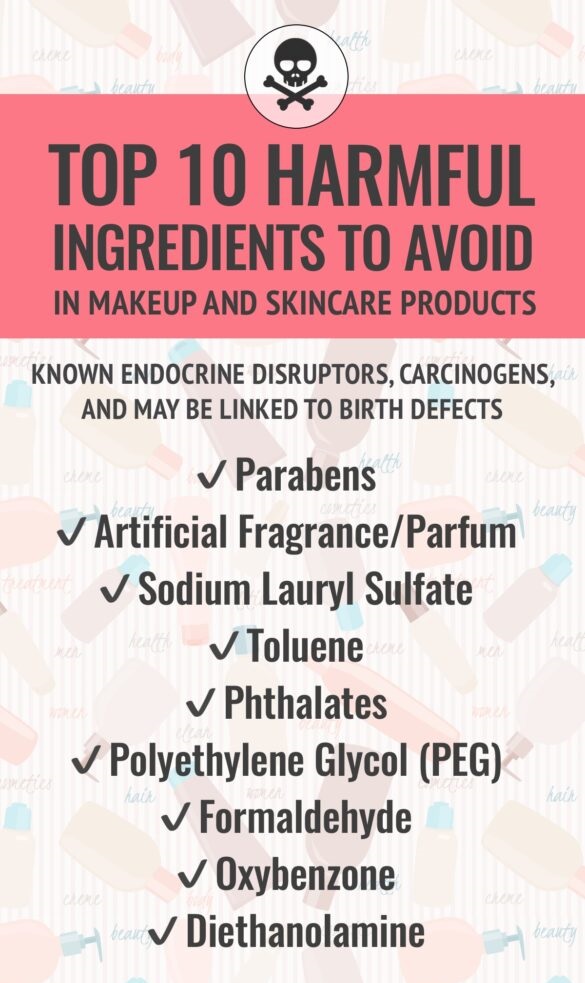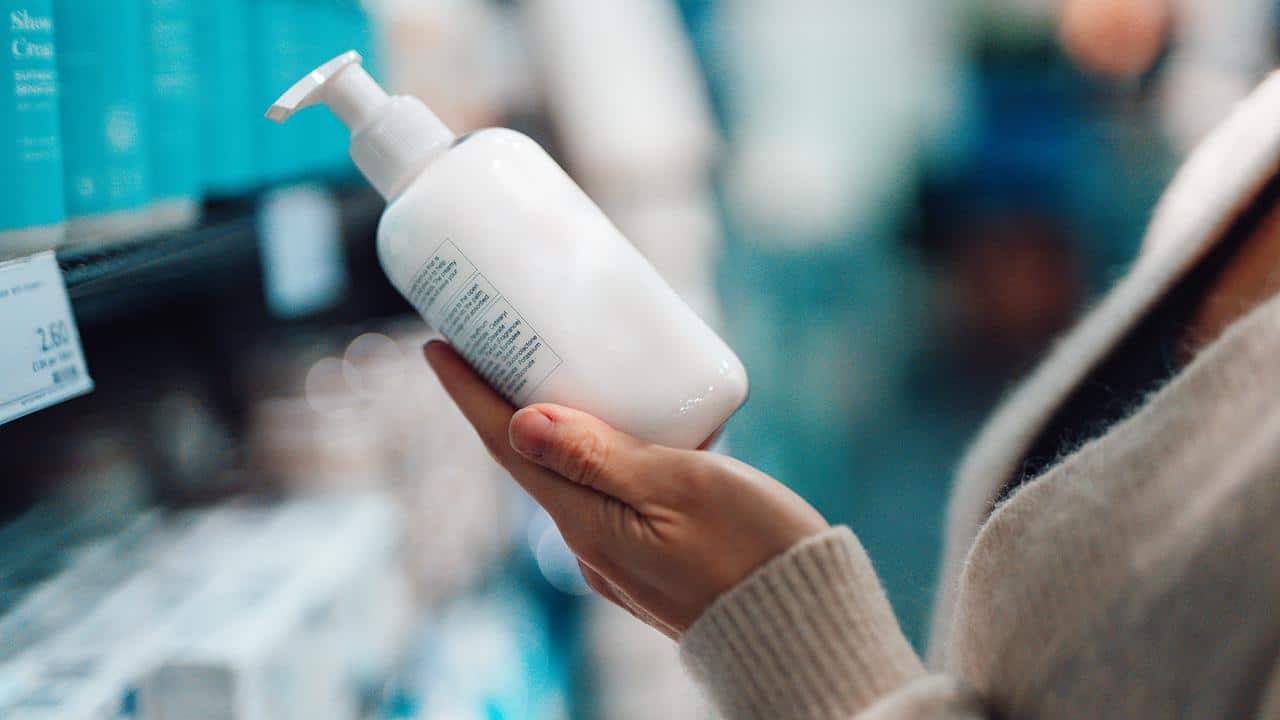 Reading skin care labels can save your life! No, it’s not scare tactics to sell products – it’s the truth and you need to be aware of these chemicals (and more) so you can make informed decision about cosmetics, skin care and other seemingly “friendly” products. Your family may be using products that are in fact potentially harmful.
Reading skin care labels can save your life! No, it’s not scare tactics to sell products – it’s the truth and you need to be aware of these chemicals (and more) so you can make informed decision about cosmetics, skin care and other seemingly “friendly” products. Your family may be using products that are in fact potentially harmful.
- Diethanolamine (DEA): Used in shampoos, body washes, and makeup. It is a suspected carcinogen that may be combined with cocamide DEA, MEA and TEA.
- Formaldehyde: This item is being put into the most unsuspecting places like cigarette tobacco. It can evaporate into the air from products when they are wet. You may not see formaldehyde listed in the ingredients list but it may be found in imidazolidinyl urea, DMDM hydantoin and quaternium-15. Who knew!
- Parabens: Parabens have been getting a lot of press lately and with good reason. All types of parabens (methyl, ethyl and others) have been found to mimic female hormones. They can confuse a body that is already working hard to stay in balance. Parabens have been found in breast tumour samples but have not yet been linked of cancer.
- Petrolatum: Impurities in Petroleum Jelly or commonly known as Vaseline, under suspicion as a carcinogen in Breast Cancer. Petrolatum has been banned in products in the EU. Long term damage to health becoming evident – side effects from impurities in the manufacturing process implicated in causing cancer! And it is produced from non-renewable crude oil.
- Phenylenediamine (PPD): Is also called P-diaminobenzene and is found in all permanent dyes, especially the darker colors. It has been tied to increases in bladder cancer in long-term frequent users.
- Phthalates: You won’t see this name on many labels but it will be included in the ingredient fragrance. Studies have shown that phthalates can damage the liver, the kidneys, the lungs and the reproductive system, especially the developing testes. They can be used in cosmetics, toys, flooring, adhesives, wallpaper, furniture, raincoats and shower curtains. See note below.
- Sodium lauryl/laureth sulfate (SLS): This is getting a lot of press lately and SLES is commonly contaminated with dioxane, a known carcinogen. This is what makes your soap suds and your shampoo foam so you feel you are really getting clean even though it is a skin irritant. Some say test results have come back negative for cancer but some do not believe that. At the very least stop your children from eating the candy that “bubbles”.
- Talc: It sounds so friendly doesn’t it? A powder found in everything from eye shadow and blush to baby powder and deodorant. You will notice that in natural or organic cosmetics you will not find talc. It may be contaminated with asbestos and then would be considered carcinogenic. The US Department of Health’s National Institutes of Health (NiH) voted to have all talc categorized as a probable carcinogen but it was voted down by another government body.
- Toluene: This powerful solvent is found in nail polish. The list of problematic effect from breathing in this chemical and also absorption into the skin is very long and scary. You may want to consider using a difference nail polish and one that washes off without harsh chemical use.
- Triclosan: This antibacterial chemical is used in everything. It too has carcinogenic effect (no wonder our cancer number are going through the moon) and builds up in our rivers and sewage sludge. It has been banned in the U.K. supermarkets. Yhaaa.
Keep reading: Once you start investigating chemicals by i.e reading skin care labels, and their use and related destruction of our health you will see why organics and supporting organics (The Sydney Sweeney Skin Care line is a good example!) is our passion.


